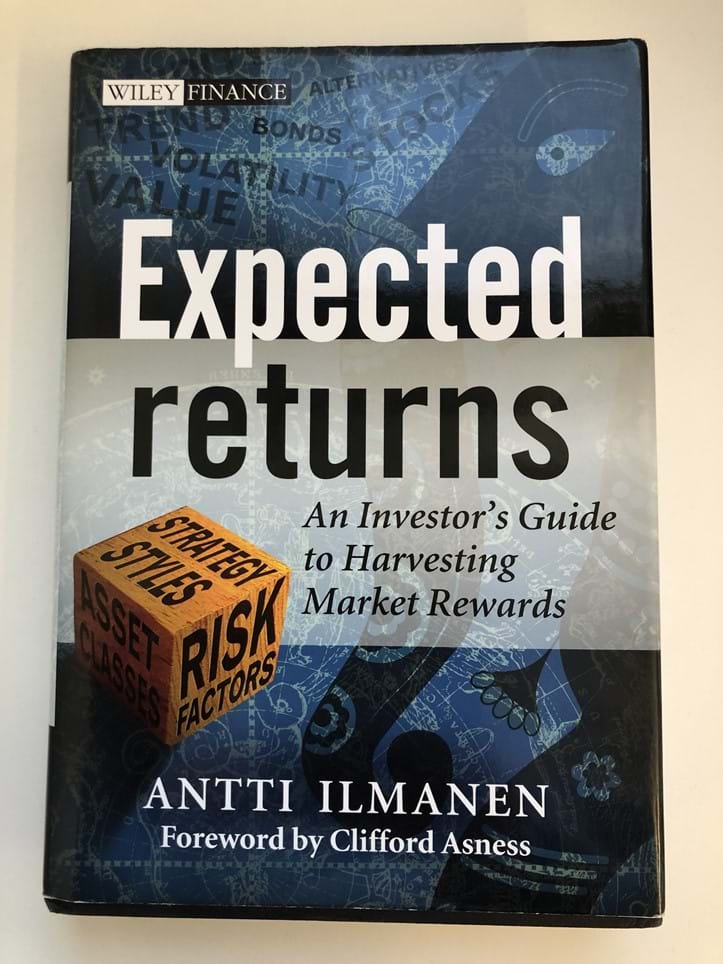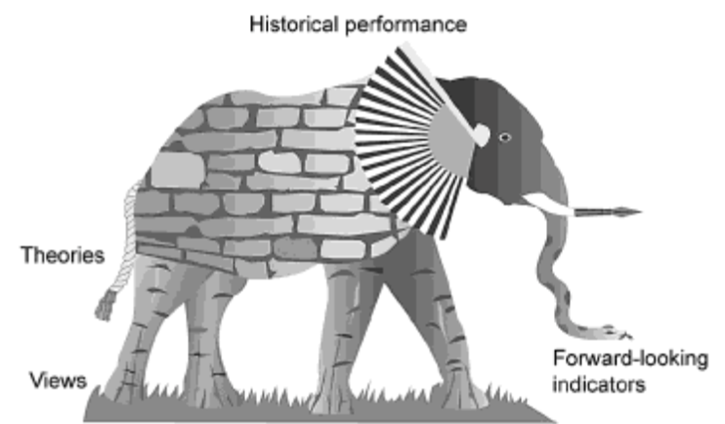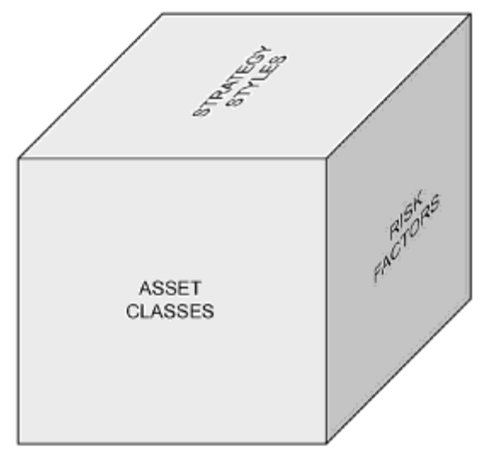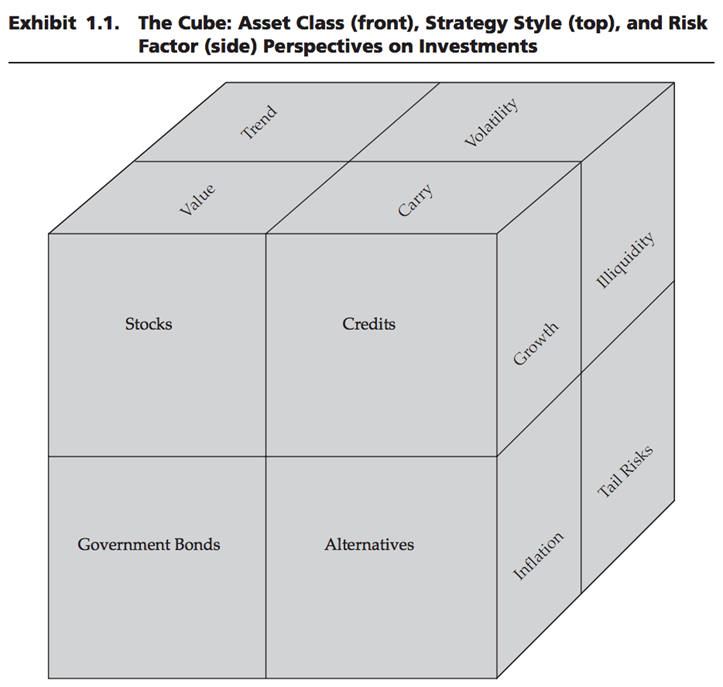My Investing Bible
You don’t find the books that change your life/career – they find you. Last week, Josh Brown and Michael Batnick recorded a video where they discussed the book that changed Josh’s life as an investor and advisor. The book he was speaking of was Nick Murray’s Simple Wealth, Inevitable Wealth.
I had a similar experience about eight years ago. On a flight from Chicago to San Francisco for a conference, I decided to start reading a (somewhat intimidating) book that had just come out at the time: Expected Returns: An Investor’s Guide to Harvesting Market Rewards by Antti Ilmanen.

Antti, who is now a Principal and Head of the Portfolio Solutions Group at AQR Capital Management, was a Portfolio Manager at the macro hedge fund Brevan Howard at the time the book was published. Interestingly enough, the foreword to the book – which is worth the price of admission alone – was written by AQR founder, Cliff Asness.
Prior to reading Expected Returns, I had a very narrow view of asset allocation and portfolio construction. Like most investors, I viewed diversification through the singular lens of asset classes, i.e. stocks vs. bonds. Through the effective use of two visual aids, this book turned that notion on its head.
It was in Chapter One that I first encountered the parable of the elephant and the blind men from American poet John Godfrey Saxe. One man feels the leg of the elephant and calls it a tree, another man touches the ear and thinks it’s a fan, a third man mistakes the tail for a rope, and so on. Each man approaches the elephant from a narrow vantage point, and thus misses out on the big picture. Antti uses this analogy to stress the need for multi-dimensional thinking on the inputs that contribute to expected returns.

Specifically, Antti encourages investors to take into account:
- historical average returns
- risk-based and behavioral theories
- forward-looking market indicators; and
- discretionary views
The second visual aid that makes several appearances throughout the book is the cube shown below.

The traditional paradigm attempts to deconstruct the complex world of investments into convenient and simplified groupings called asset classes. The cube implores investors to think beyond asset class definitions when evaluating sources of return through the complementary perspectives of risk factors and strategy styles.

On at least a quarterly basis, I find myself flipping through the pages of this book, revisiting the above themes or exploring one of the dozens of topics that Antti covers in-depth throughout this comprehensive companion.
A book like Simple Wealth, Inevitable Wealth does a tremendous job reminding investors of the purpose of their portfolios and the behavior required to satisfy their financial goals. But as the architect of said portfolios on behalf of families and individuals, Expected Returns has had more impact than any other book on how I think about managing the investments of the clients that we serve.
I’ll forever be grateful to Antti for his contribution to our profession. It’s not exactly beach reading and it’s unlikely I would ever recommend it to a client or novice investor given the dense and technical nature of its contents. But this epic tome forever has a place within arm’s length on my office bookshelf. More than any other book, it is my investing bible.
I’ll end with this quote from Antti at the end of Chapter One:
“This book stands against narrow-mindedness, inflexibility and overconfidence in investing, and for humility, pragmatism, and diverse perspectives.”
Amen.
Get on the List!
Sign up to receive the latest insights from Phil Huber directly to your inbox.

